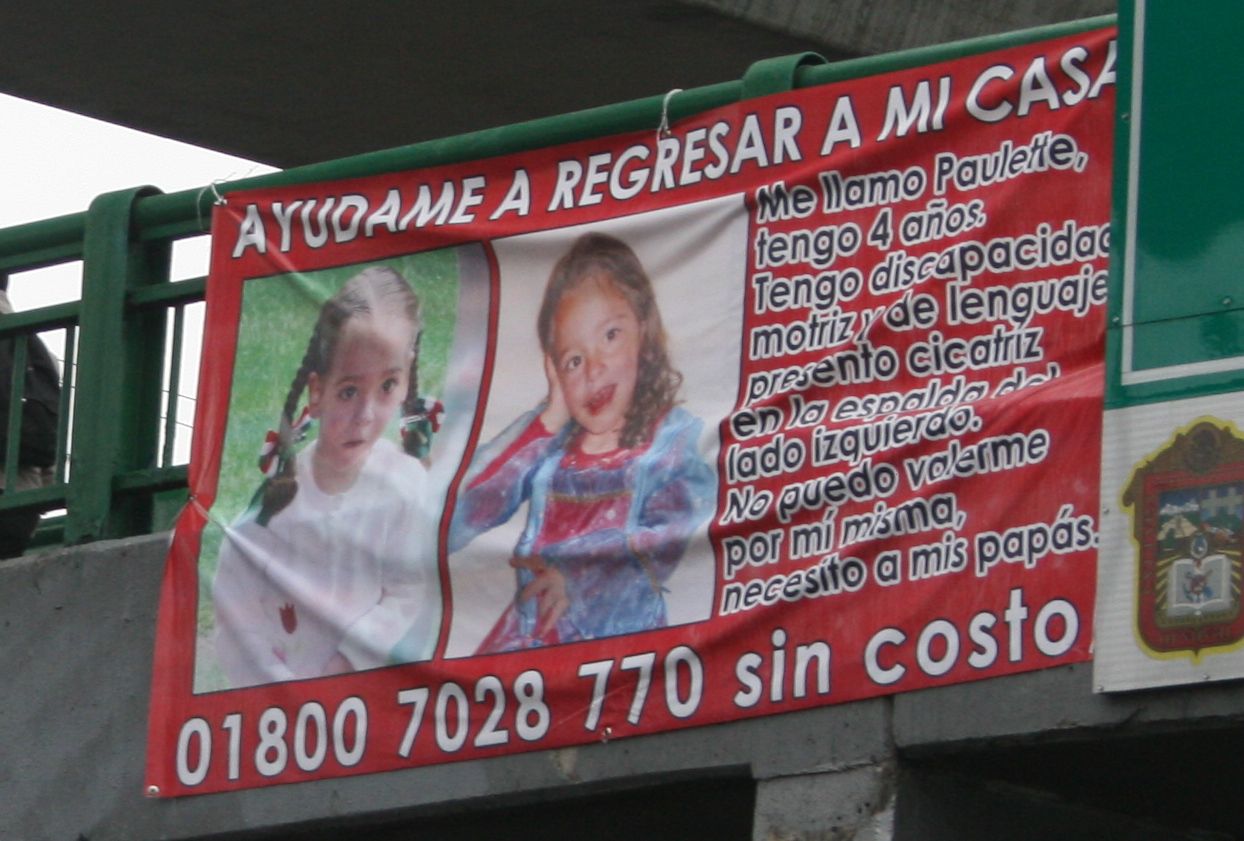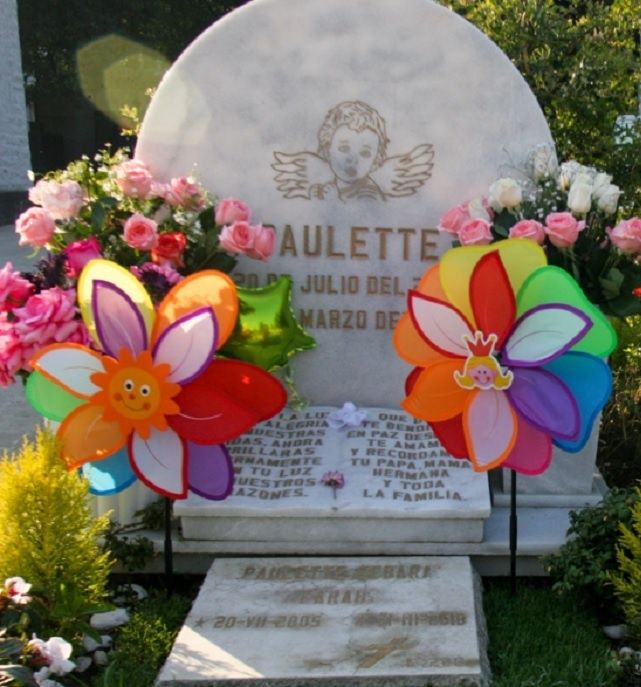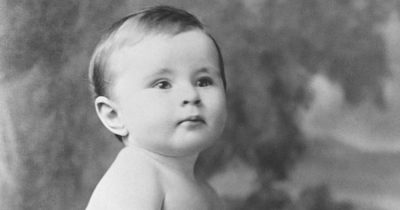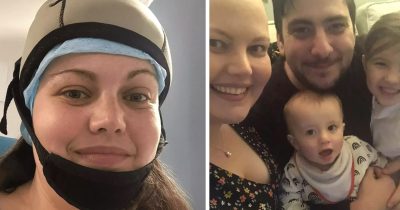
The suspicious case of Paulette Gebara Farah is one of the most baffling mysteries of our time.
In 2010, the 4-year-old girl disappeared from her home in Mexico.
For nine days, her family and authorities searched without answers.
But in the end, a macabre discovery was made where no one least expected it.
No signs of break-in
On the night of March 21, 2010, four-year-old Paulette Gebara Farah returned home with her father and sister after a weekend trip. Her mother, Lizette Farah, tucked her daughters into bed as usual in their apartment in Huixquilucan, Mexico.
But the next morning, Paulette was gone. When her nanny came in to wake her, the little girl’s bed was empty. Panic spread through the home as her mother and the staff searched every room before calling the police.
There were no signs of a break-in or struggle — doors and windows were locked, and security cameras showed no one leaving with the child. Because Paulette had mobility and speech disabilities, the idea that she had wandered off on her own seemed impossible.
Her disappearance was reported to the Mexican police and the search that followed was massive. Investigators and volunteers scoured neighborhoods, highways, and even nearby forests. Missing-person posters were plastered throughout the city and a social media campaign quickly took off on Facebook.

Paulette’s mother, Lizette Farah, also appeared on television with an emotional plea to whoever had taken her daughter. She begged for Paulette’s safe return, saying the child could be left in a public place with no consequences. Soon after, she launched her own campaign — printing flyers, putting up billboards, and paying for ads on buses and TV stations.
Suspicion began to grow
Her father, Mauricio Gebara, also made media appearances, urging for his little girl’s return.
But as the days passed, suspicion began to grow. A week after Paulette’s disappearance, authorities announced that both parents, along with Paulette’s two nannies, were being placed under a restriction order due to inconsistencies in their testimonies.
“Each one of them at some point falsified their statements, which has made it difficult to uncover the truth,” said then–Attorney General Alberto Bazbaz.
Paulette’s parents were questioned for hours before being taken to a hotel under police supervision. That same day, investigators returned to the apartment, laying out blankets and preparing to reconstruct what had happened the night the little girl disappeared.
Squeezed in between the mattress and the bed
Nine days after Paulette’s disappearance, investigators made a discovery so haunting it shocked the entire nation; she had been inside her own bedroom the whole time.
Her small body was found squeezed in between the mattress and the bed frame, a spot no one had ever thought to check. Even more haunting, it was the very same bed where her mother had sat, giving multiple TV interviews pleading for her daughter’s safe return.
In a leaked video from the investigation, one voice can be heard saying, “She was severely beaten,” while examining the stained sheets.
But that claim was quickly dismissed by Attorney General Alberto Bazbaz, who said Paulette’s death was accidental — the result of “mechanical asphyxia due to obstruction of the nasal cavities and thorax-abdominal compression.”
How such a mistake could happen
An autopsy later revealed that Paulette slept each night with an orthopedic cloth over her mouth to keep it closed.
The report confirmed that her body hadn’t been moved after death and that she’d eaten about five hours before dying. There were signs of minor bruising on her elbow and knee, but no evidence of physical or sexual abuse.
Toxicology tests also came back clean. No drugs or sedatives were found in her system. Authorities concluded that Paulette had accidentally slipped down into the narrow gap at the foot of her bed, where she suffocated.
Her body went unnoticed for nine full days, even as police, family, and volunteers scoured the city for her.
When asked how such a mistake could happen, the Attorney General admitted that investigators had focused their search efforts entirely outside the home, never imagining she was just a few feet away the whole time.
Recording surfaces
During the investigation, a recording surfaced of Farah speaking with Lizette, in which Farah allegedly instructed her daughter not to reveal anything about Paulette’s disappearance to avoid being blamed.
”[Lizette] asks, ‘Why mom?’ and [Farah] replies, ‘Because otherwise they will blame us for stealing her or that you took her away to be stolen,’” the recording captured.
Initially, Farah denied the claims, insisting the audio had been edited to make it seem like she was telling her daughter to hide information. She later admitted to having the conversation, clarifying, ”I had the conversation with my daughter, but not in the context they showed it.”
Authorities maintained that Paulette had not been kidnapped and that her death was caused by asphyxiation after becoming trapped at the foot of her bed —essentially ruling it an accident.
Nannies testimony
Public opinion, however, was far from satisfied. For a long time, there were calls for a deeper investigation, as the idea that a child’s body could lie in her own bed unnoticed seemed almost impossible to believe.
The discovery also shocked Paulette’s nannies, Ericka and Martha Casimiro. They insisted that the girl’s body was not under her mattress.
”I looked in the bathroom, under the bed and in the closet. I saw that she was not there, and I also went into the bedroom of the parents to look for her, to the bedroom of the other girl [Paulette’s older sister, Lizette], and from there we started looking for her again. And I went back to look for her in the bedroom,” Martha said, according to Univision Noticias.
”In fact, if it had been like that, I think we would have noticed, since thousands of people came to look for her, the bed was made, I never saw the mattress pulled back, I did not see a bundle or anything, it does not make sense to me that the body could have been there since Monday,” Erika stated.
”Who do they want to protect?”
Jesus Ortega, leader of the opposition PRD party, also criticized the governor of Mexico State, Enrique Peña Nieto, for the mishandling of the investigation.
”Around 100 police went through this room of 10 metres… sniffer dogs searched it and they never found the body… who do they want to protect?” Ortega questioned.
He called for a full inquiry to uncover what had ”really happened.”
On April 6, Paulette was laid to rest at the Panteón Francés de San Joaquín in Mexico City. Seven years later, on May 3, 2017, her remains were exhumed and cremated, as authorities determined they were no longer needed as evidence in the ongoing investigation.

READ MORE
- Trump’s sad confession: Why he’s never taken a sip of alcohol
- Missing worker found trapped behind store shelves after 10-year search




